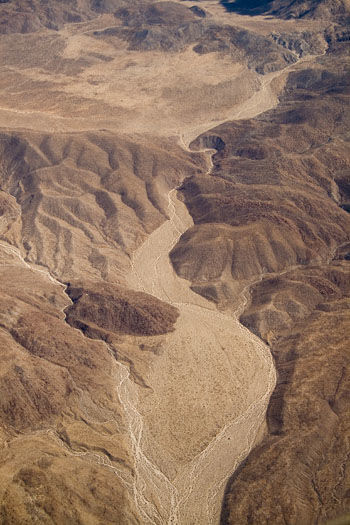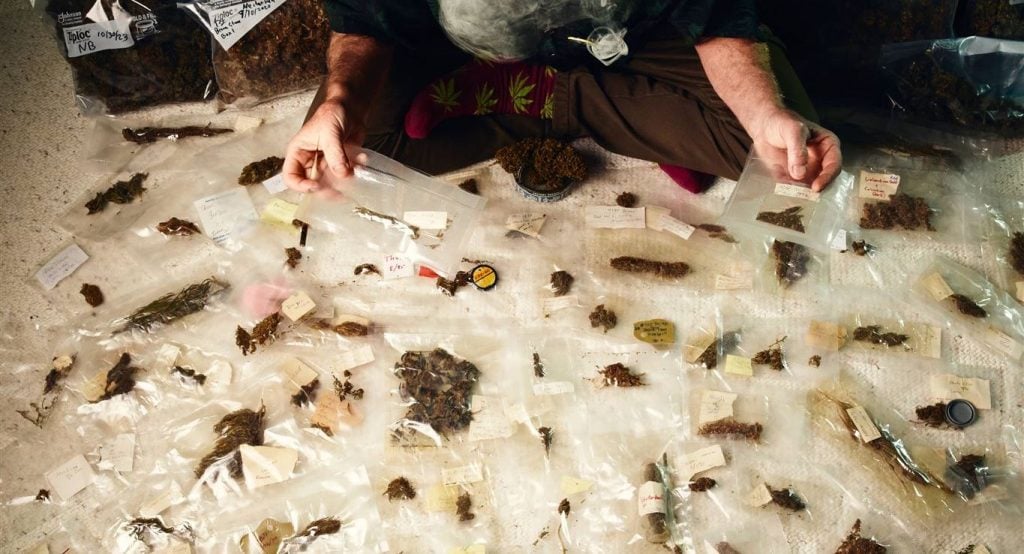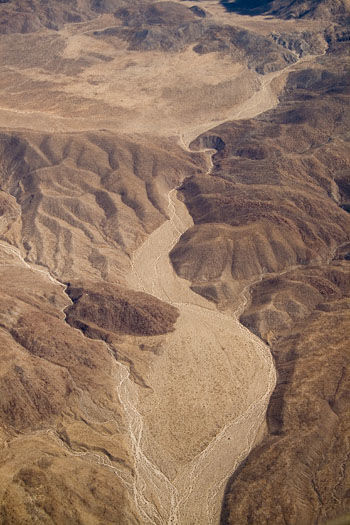For much of the nation, last summer’s blistering heat and endless blue skies shriveled crops, forced ranchers to sell off herds, and had farmers from Georgia to North Dakota praying hard for rain. And while San Diego seemed a world away from the farm belt’s devastating drought, the fear of it never strays far from our own backyards.
A combination of low snowpack, a threatened Colorado River, and record dry months at the start of the year have scientists cautiously concerned that we may be slipping into a drought. “We’re not currently in a drought, but we are going in that direction,” says Alex Tardy, a meteorologist with the National Weather Service in Rancho Bernardo.
Unfortunately, our ability to fend off drought is complicated, and can’t be resolved with a simple summer soaker or two. San Diego County imports the majority of our water supply—95 percent—from two sources, the Colorado River and Northern California, and both of these important water sources have officials worried about what lies ahead.
In April, American Rivers, a nonprofit group that works to protect the nation’s rivers and streams, put the Colorado River at the very top of its most endangered list. It warns that a combination of drought and high demand among other Western states has significantly reduced the river’s flow. At the same time, snowpack measurements (which impact runoff predictions) in Northern California are 52 percent below normal. That’s not a good sign as we head into California’s dry summer season.
There’s also a greater risk of wildfires. “We’ve already seen an increase in fire activity,” says Mike Mohler, a CAL FIRE spokesman. “In April, we saw conditions that we would see normally at the end of May and June.”
Rain forecasting simply an exact science. While the National Weather Service uses everything from a variety of atmospheric models to weather balloons and drone planes to gather information, scientists still can’t predict precisely when a region will get rain, or how much. That means water officials need to constantly plan for what’s ahead.
Ken Weinberg, director of water resources for the San Diego County Water Authority, says that thanks to ample water storage in the area’s 25 reservoirs, he fully expects to meet the county’s water needs this summer.
“We built these assets to use them. But if you start to see successive dry years and use that storage—that’s where we’re vulnerable,” he says.
Relying on rainfall isn’t an option here. On average, the county only draws 10 inches of rain a year. And restrictions to protect fish species like Delta smelt (that went into effect in 2007) have also impacted how much water we’re allotted from Northern California. That’s why our local water authority has been actively working to diversify the county’s water supply.
“We needed to be less dependent on weather [locally, and elsewhere] as the driver of our reliable water supply,” says Weinberg. “Storage and supply developments are the way we’ve attacked this problem in San Diego County.”
Conservation, wastewater recycling, and seawater desalination all play a role, as does the region’s expanded ability to store and move water. Since 2000, the Water Authority has built Olivenhain Dam in Encinitas and raised the height of San Vicente Dam in Lakeside. Hooking Lake Hodges up to the regional water supply system, so fresh water doesn’t spill into the ocean, fits into the strategic plan as well. And, it turns out, San Diego consumers are heeding water conservation pleas. In 1990, when the population was approximately 2.4 million users, we consumed nearly 211 billion gallons of water. In 2012, with 3.2 million users, we actually used less water—just under 177 billion gallons.
Although the official Drought Monitor lists San Diego County and much of the region under “abnormally dry” conditions, Tardy says that’s not unusual. What we don’t want to see, he says, is the entire state reaching levels of extreme drought conditions.
“It’s not your backyard that we’re worried about,” he says. “It’s the entire state. We’re all in this together.”

An aerial view of a dry riverbed in the mountains east of San Diego














